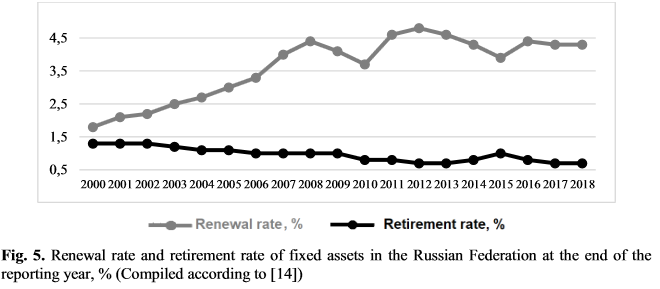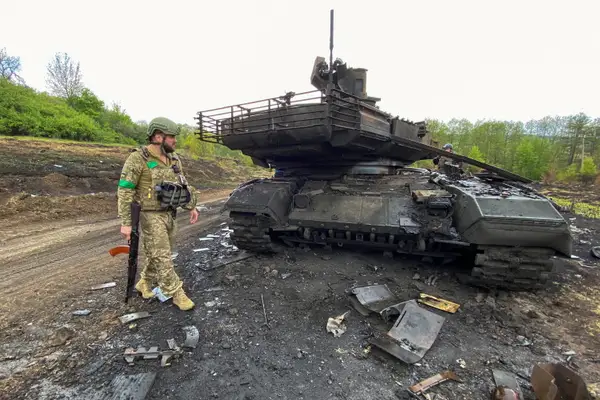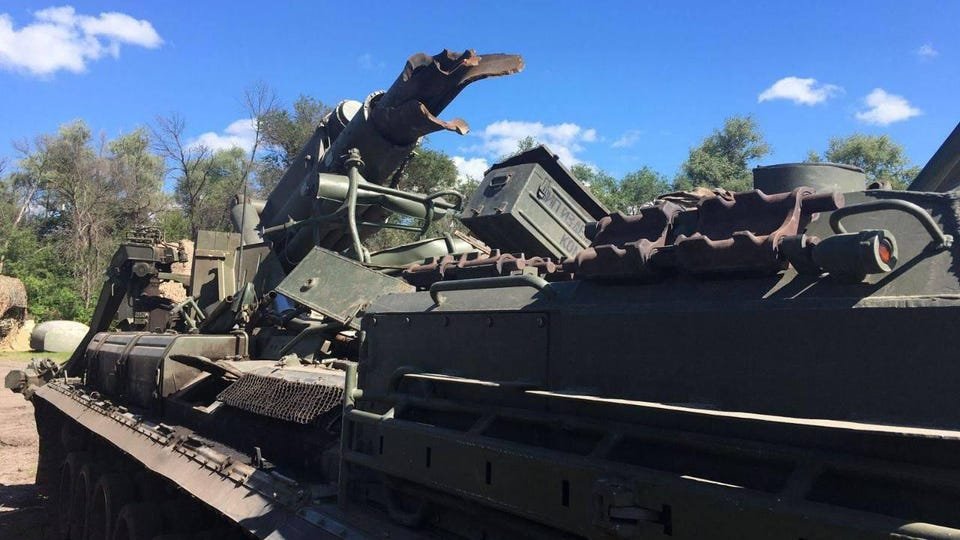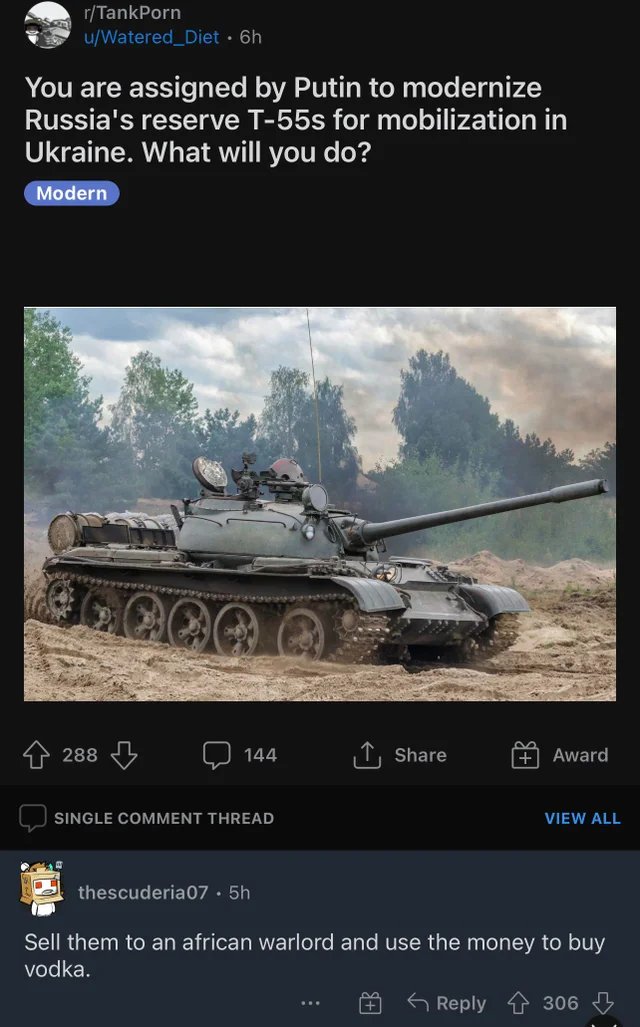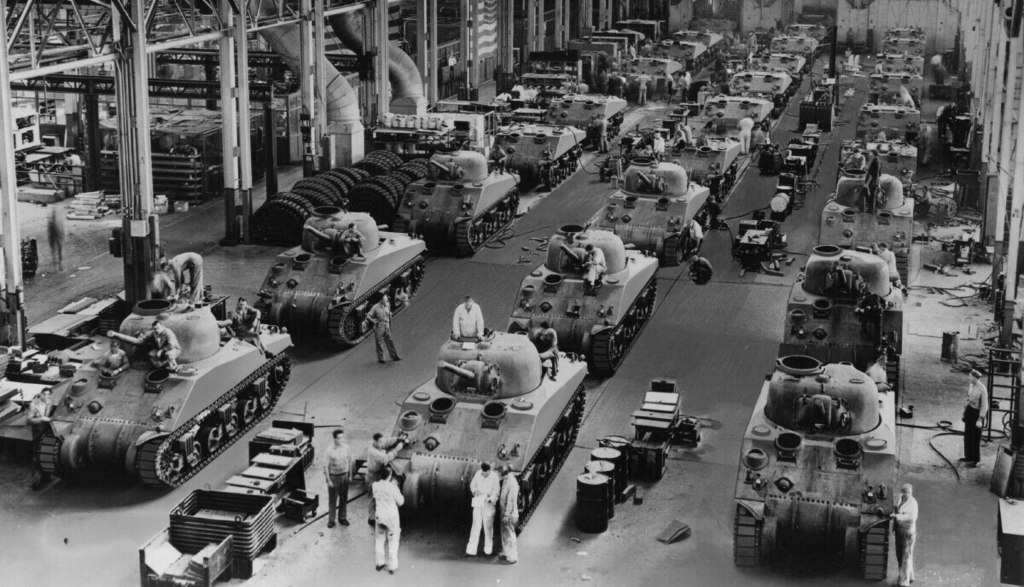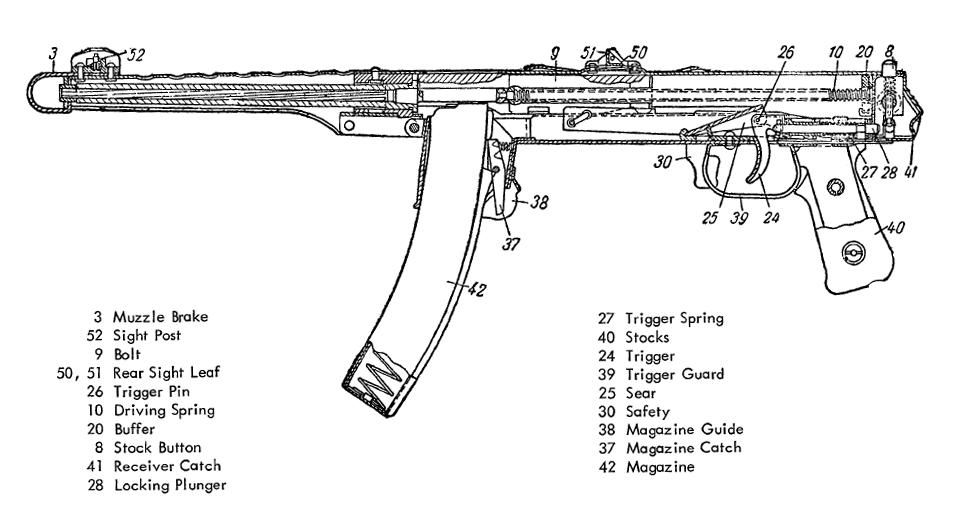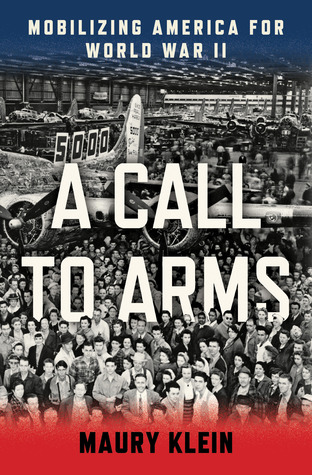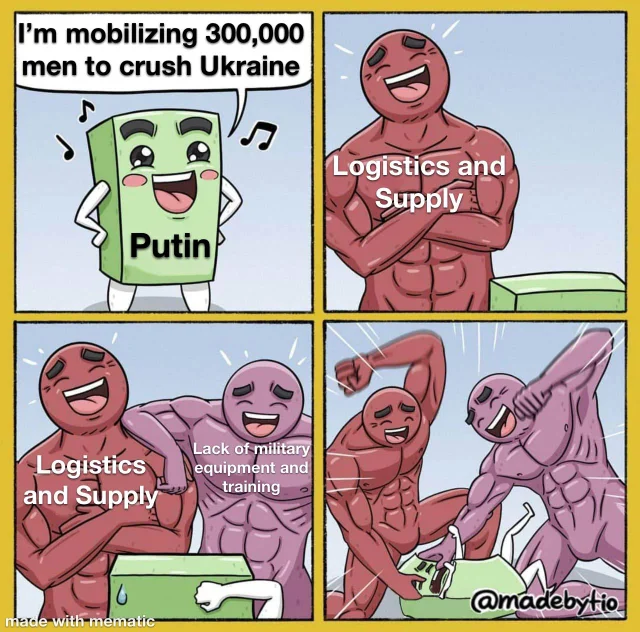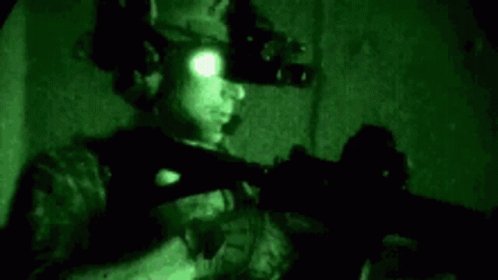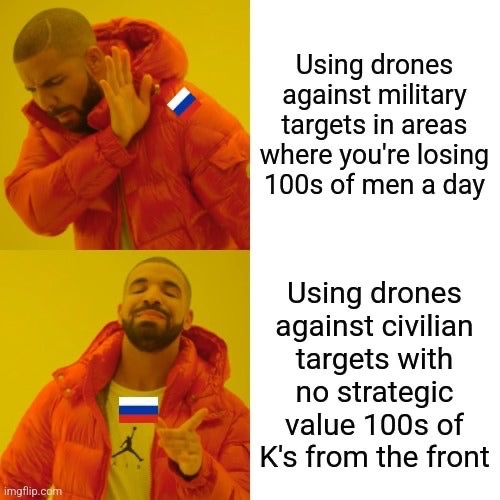Thread
A brief Twitter thread: what I think of #Russia's capability to even arm its reservists properly.
TL;DR: Russia would struggle to even reactivate meaningful quantities of Soviet surplus heavy weapons fast enough, much less manufacture enough modern kit to matter. 1/
TL;DR: Russia would struggle to even reactivate meaningful quantities of Soviet surplus heavy weapons fast enough, much less manufacture enough modern kit to matter. 1/
Many seem to believe that #Russia's #mobilization would eventually give the Kremlin large armored formations, powerful even if ill trained, just like the Soviets would have had.
I doubt that. For a longer version and some sources, read my piece here: jmkorhonen.net/2022/09/21/russian-industrial-mobilization-cannot-alter-the-outcome-of-the-war/ 2/
I doubt that. For a longer version and some sources, read my piece here: jmkorhonen.net/2022/09/21/russian-industrial-mobilization-cannot-alter-the-outcome-of-the-war/ 2/
For a brief summary, keep reading this thread.
First, note that the Russian arms industry was struggling even before the war. Export controls after 2014 limited their access to many modern tools and components that are essential for arms manufacturing. 3/
First, note that the Russian arms industry was struggling even before the war. Export controls after 2014 limited their access to many modern tools and components that are essential for arms manufacturing. 3/
A study published in 2021 presented evidence that
- defense industry output had been steadily decreasing after 2016
- their equipment was wearing out and wasn't replaced fast enough
- on top of that, they had a major recruitment problem.
4/
- defense industry output had been steadily decreasing after 2016
- their equipment was wearing out and wasn't replaced fast enough
- on top of that, they had a major recruitment problem.
4/
For example, the main Russian tank factory in Nizhny Tagil reportedly delivered only 34 modernized T-72B3/B3M main battle tanks to the Russian Army in 2021. This is a stark contrast to average annual deliveries of about 160-170 tanks per year between 2011-2020. 5/
Total deliveries of modernized and some new-built main battle tanks in 2011-2020 were probably no more than about 180 per year. This gave the Russian Army some 1900 modernized main battle tanks by February 2022. Some export production of course occurred as well. 6/
By now, there is photographic evidence of the loss of 1155 Russian main battle tanks, of which 693 are destroyed and 386 have been captured by the Ukrainians. These are lost for good, and real losses are almost certainly higher than what has been confirmed from open sources. 7/
The main tank manufacturer, Uralvagonzavod, reportedly stopped the production of new tanks already in March due to the lack of parts. Other reports suggest its workers are now employed in three shifts to repair vehicles damaged in Ukraine. 8/
Even the still operational heavy weapons need regular overhauls. Russian tank engines, for example, need to be sent to the factory for rebuilding after no more than 1000 hours of use. Gun barrels wear out and need to be replaced, and so on. 9/
And if the equipment is used carelessly, maintained poorly, or spare parts are not available, then they break down sooner. The Russian army's general dysfunction, endemic corruption, and abysmal morale suggest that careful use and preventive maintenance are not in the cards. 10/
So by the end of this year, most of the operational heavy weapons the Russian army still fields in Ukraine should be carted off to a factory or at least a maintenance depot for a thorough overhaul.
But factories are choked even repairing damaged kit. 11/
But factories are choked even repairing damaged kit. 11/
Building new weapons or even reactivating rather haphazardly stored Soviet surplus would require even more capacity.
The Kremlin apparently knows that there is a Problem. Two new repair plants have recently been ordered to be built. But. 12/
The Kremlin apparently knows that there is a Problem. Two new repair plants have recently been ordered to be built. But. 12/
The decree stipulates that just finding directors for these plants and registering them will take 5 months. Then 4 months more are needed to transfer them to the Ministry of Defense. So the construction would start in the summer of 2023. No word how long that would take. 13/
So the decree is more likely an attempt to cover e.g. a deficit in the state treasury. Plants are unlikely to be built.
Similar problems plague the main strength of the Russian army, its artillery. And with more complex equipment like aircraft, things aren't getting easier. 14/
Similar problems plague the main strength of the Russian army, its artillery. And with more complex equipment like aircraft, things aren't getting easier. 14/
Okay, some say. That's why Putin mobilized and exhorted the industry to increase production. Surely they can convert car factories to crank out tanks, like the U.S. did in WW2?
Well, no. I've been studying industrial mobilizations since 2020. It doesn't work like that. 15/
Well, no. I've been studying industrial mobilizations since 2020. It doesn't work like that. 15/
There is a widespread but erroneous belief that the U.S. car industry for instance just "switched" to producing tanks when ordered.
In reality, the car production lines were ripped off and put in storage, and totally new lines were constructed in the now-empty factories. 16/
In reality, the car production lines were ripped off and put in storage, and totally new lines were constructed in the now-empty factories. 16/
Most of the tools and tooling used in civilian industries are not really useful for arms production.
Particularly not for heavy weapons like tanks, infantry fighting vehicles, and artillery, without which there is no hope of success against an opponent who has these things. 17/
Particularly not for heavy weapons like tanks, infantry fighting vehicles, and artillery, without which there is no hope of success against an opponent who has these things. 17/
The U.S. industrial mobilization in WW2 succeeded because the U.S. machine tool industry could supply the factories with the tools needed to build weapons. The machine tool industry had fortuitously expanded to fulfill orders from the French and the British. 18/
All post-war studies of the industrial mobilization point out the obvious: you need the proper machine tools to build weapons for industrial war. Whether and how fast you can get them largely determines how much weapons manufacturing you can do. 19/
Recall that the Russians had problems getting enough machine tools and other components even to supply their existing arms industry even before the war. It isn't any easier now.
There won't be any mass conversion of civilian industry to a war footing. 20/
There won't be any mass conversion of civilian industry to a war footing. 20/
Sure, there probably will be photo shoots. These are always easier when local officials face pressure from the Kremlin. There may be small, almost handcrafted batches.
But mass production of heavy weapons in quantity and quality needed for a modern war?
LOL no. 21/
But mass production of heavy weapons in quantity and quality needed for a modern war?
LOL no. 21/
At best, most civilian manufacturing can turn out simple weapons for light infantry: blowback-operated submachine guns like the Sten or PPS-43 of WW2 fame, light mortars, mines, and the like.
And even that would take time. During WW2, factory conversion took about 18 months. 22/
And even that would take time. During WW2, factory conversion took about 18 months. 22/
The rule of thumb learned by U.S. planners is that building a new production line needs 12 months, and calibrating all the equipment and training the workers properly needs 6 months after that.
Modern tools are more flexible, but modern weapons are also vastly more complex. 23/
Modern tools are more flexible, but modern weapons are also vastly more complex. 23/
Russia will struggle to even rapidly reactivate substantial quantities of Soviet heavy weapons for its reservists. Russian logistics are already choking.
Ukraine is going to win. We should help it win faster.
(I'll continue this thread with some thoughts.) 24/24
Ukraine is going to win. We should help it win faster.
(I'll continue this thread with some thoughts.) 24/24
So what this mobilization means? Seems to me that the main benefit for the regime in Kremlin is that mobilization automatically extends the 6-month contracts of those now "volunteering" to fight in Ukraine. Apparently, most of them would have left very soon otherwise. 25/
The reservists are probably going to be used to relieve exhausted "volunteers." Putin may hope that despite being practically untrained, they would at least scare Ukrainians. I doubt they will be much more useful than mannequins. But they eat supplies, unlike mannequins. 26/
Winter is coming, and the Russian army's capability to supply its troops with basic necessities like proper clothing did not impress even before the invasion. Not to mention e.g. night vision.
It will be good hunting for the Ukrainians. Just wait for the night, basically. 27/
It will be good hunting for the Ukrainians. Just wait for the night, basically. 27/
Russia is losing combat-worthy heavy weapons at a rate that it cannot possibly sustain. Just the Kharkiv counteroffensive _captured_ more heavy weapons than many medium-sized militaries have altogether. 28/ foreignpolicy.com/2022/09/13/russia-ukraine-counteroffensive-tanks-kharkiv/
But Putin may be so far out of touch from realities, thanks to having isolated himself for two decades behind a screen of loyal lickspittles and groveling yes-men, that he may even order the reservists to attack in a desperate last-ditch attempt. 29/
ridl.io/why-the-kremlin-invaded-ukraine/
ridl.io/why-the-kremlin-invaded-ukraine/
It may well be that no one dares to tell Putin that the reservists have only light infantry weapons, no training, and little support.
Well. There would be a brief but grimly interesting window of opportunity to see how human waves perform against modern artillery. 30/30
Well. There would be a brief but grimly interesting window of opportunity to see how human waves perform against modern artillery. 30/30
PS. one more thing. When measuring a country's capability to support a modern industrial war, the gross domestic product (GDP) is still a very good measure. It's not a very good measure of the success of a society, but it IS a good measure of how much it can produce or buy.
Especially if you ignore rather artificial fields such as finance or advertising.
U.S. economists basically used GDP's predecessor GNP to estimate how many weapons the United States could produce even before the U.S. joined the war. The estimate was off by about 1 %, IIRC.
U.S. economists basically used GDP's predecessor GNP to estimate how many weapons the United States could produce even before the U.S. joined the war. The estimate was off by about 1 %, IIRC.
Similar calculations made by British economists in 1940 convinced them that unless Germany could win a quick victory, it would eventually lose to the British Empire alone.
Russia's GDP is about one-tenth of the European Union alone. And much of that is fossil fuel sales.
Russia's GDP is about one-tenth of the European Union alone. And much of that is fossil fuel sales.
Add the U.S. and Canada, and Russia is basically fighting an industrial base 30 times its size. A more advanced industrial base to boot.
This won't end well for Russia unless it can force a quick victory and present a fait accompli.
This Russia failed to do.
This won't end well for Russia unless it can force a quick victory and present a fait accompli.
This Russia failed to do.
UPDATE.
UPDATE 2. What may be the condition of the remaining heavy weapons? Without them, even properly trained, well-led and fanatically motivated troops would struggle even to defend against Ukrainian mechanized advance. Let alone attack.
UPDATE 3. There are now reports that Russians are building “up to 100” Iranian-designed suicide drones per day. Let’s see how long they can keep up the production: I suspect they need foreign components for these as well, and Iran has some problems as well. Furthermore:
UPDATE 4: Here’s one of many, many similar stories about the condition of Russian heavy weapons _before_ the mobilization. A tank that moves is not yet a very formidable fighting vehicle.

